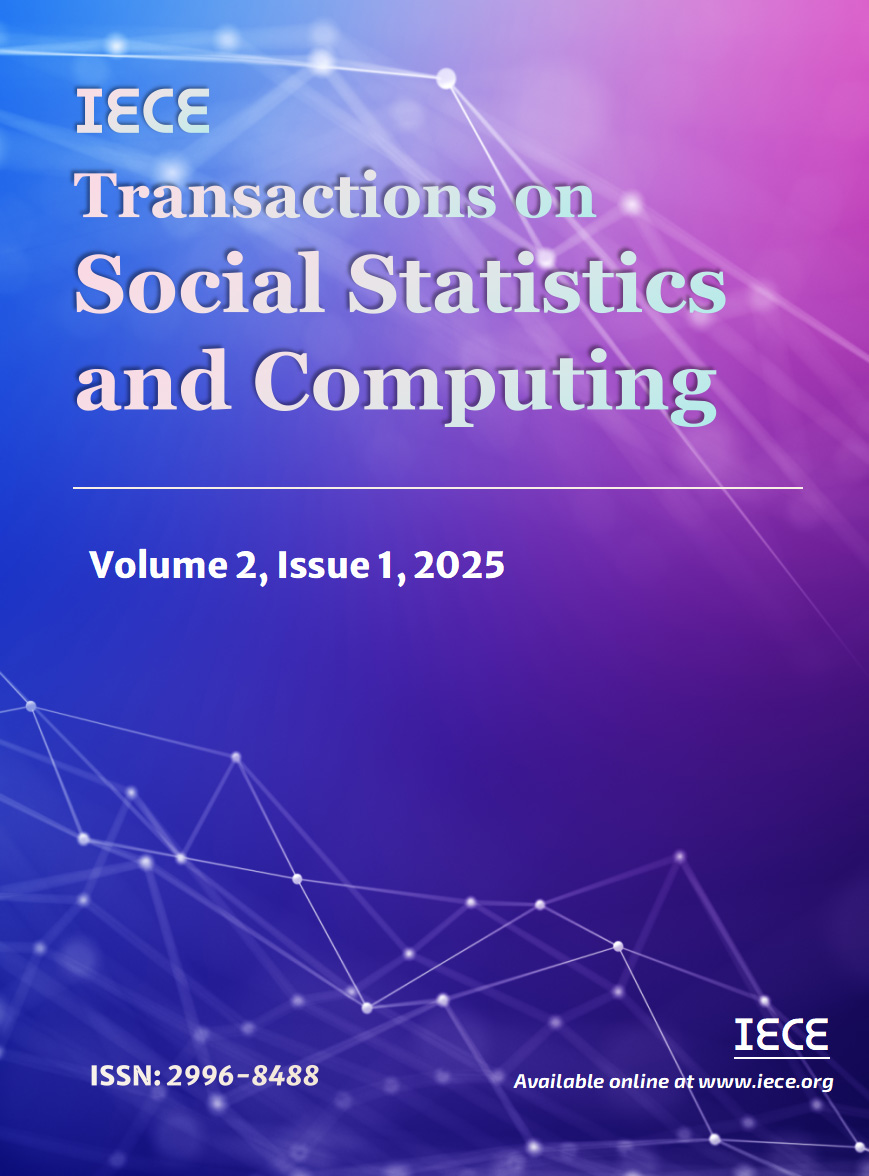Abstract
The core purpose of this study is to explore the relationship between anxiety and academic achievement in high school students. A cross-sectional and correlational study design was used in this study, and 156 students were randomly selected as a representative probability sample. Data collection relied on the Explicit Anxiety Scale for Children Revised (CMAS-R) and a sociodemographic questionnaire, and students' academic performance was assessed based on their average score. The sample was evenly composed of male and female students, all from Wuhan City, Hubei Province, China. The results showed that 28.8 percent of the students showed symptoms of anxiety. Further analyzing the academic performance, we found that 42.3 percent of the students had excellent grades, 38.5 percent had intermediate grades, and 19.2 percent had relatively poor grades. Notably, those with lower grades scored significantly higher on average on the anxiety scale compared to students with average or excellent grades. Identifying possible anxiety and other psycho-emotional disorders among students through psychological monitoring and regular assessment of academic performance can more effectively develop and implement preventive and corrective strategies to promote students' mental health and academic progress.
Data Availability Statement
Data will be made available on request.
Funding
This work was supported without any funding.
Conflicts of Interest
The authors declare no conflicts of interest.
Ethical Approval and Consent to Participate
Not applicable.
Cite This Article
APA Style
Wu, Y., Kong, W., Lv, T., Lin, R., Li, J., Xi, X., & Liu, B. (2025). The Relationship Between Anxiety and Academic Achievement of Middle School Students in Wuhan, Hubei Province, China. IECE Transactions on Social Statistics and Computing, 2(1), 47–54. https://doi.org/10.62762/TSSC.2025.267834
Publisher's Note
IECE stays neutral with regard to jurisdictional claims in published maps and institutional affiliations.
Rights and permissions
Institute of Emerging and Computer Engineers (IECE) or its licensor (e.g. a society or other partner) holds exclusive rights to this article under a publishing agreement with the author(s) or other rightsholder(s); author self-archiving of the accepted manuscript version of this article is solely governed by the terms of such publishing agreement and applicable law.


 Submit Manuscript
Edit a Special Issue
Submit Manuscript
Edit a Special Issue
